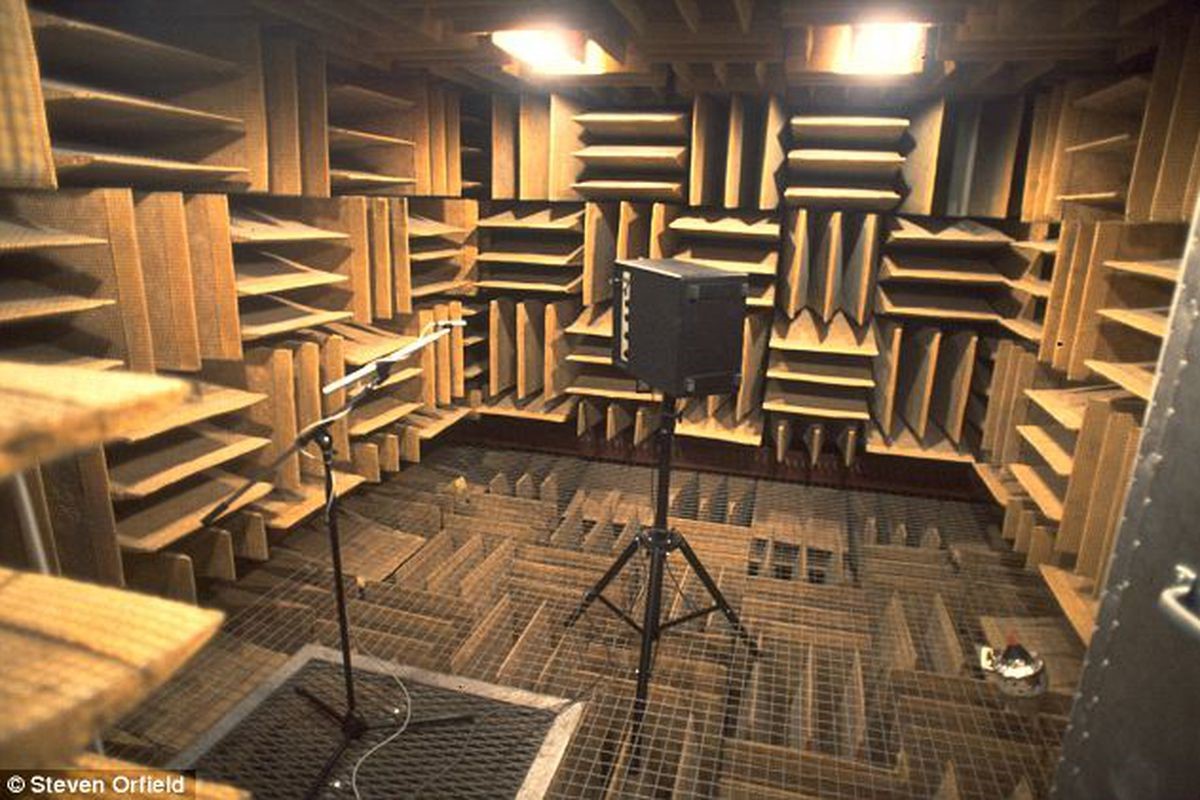Now Reading: The World’s Quietest Room in the US—Most People Can’t Last an Hour Inside
-
01
The World’s Quietest Room in the US—Most People Can’t Last an Hour Inside
The World’s Quietest Room in the US—Most People Can’t Last an Hour Inside

Imagine a place so silent that you can hear your own heartbeat, your stomach gurgle, and even the sound of your joints moving. That’s what happens inside the world’s quietest room, located in the United States. Built to block almost all outside noise, it has an “anechoic” design that absorbs sound instead of reflecting it back. The result? A space with an almost unnatural level of silence.
The room, housed at Microsoft’s headquarters in Redmond, Washington, has been measured at minus 20.35 decibels—quieter than human hearing. In everyday life, even the calmest places have some background sound, but here, the absence of noise can quickly feel overwhelming. Many people describe the sensation as disorienting, with some even feeling a sense of pressure in their ears.
Scientists created it to test microphones, speakers, and other audio equipment without interference. But for visitors, it becomes an unexpected psychological challenge. Without external sounds, your brain starts amplifying internal noises—your breathing, heartbeat, or even blood flow. For most people, this sensory shift becomes uncomfortable within minutes.
Those who’ve tried it say lasting an hour inside is extremely difficult. Some leave within 10–20 minutes, not because they’re afraid, but because the silence feels unnatural and physically exhausting. This is why the room holds a unique reputation—not just as an engineering marvel, but as a reminder of how much humans rely on the constant hum of the world around them.
I can also make you a gripping Instagram carousel version of this if you want.

























